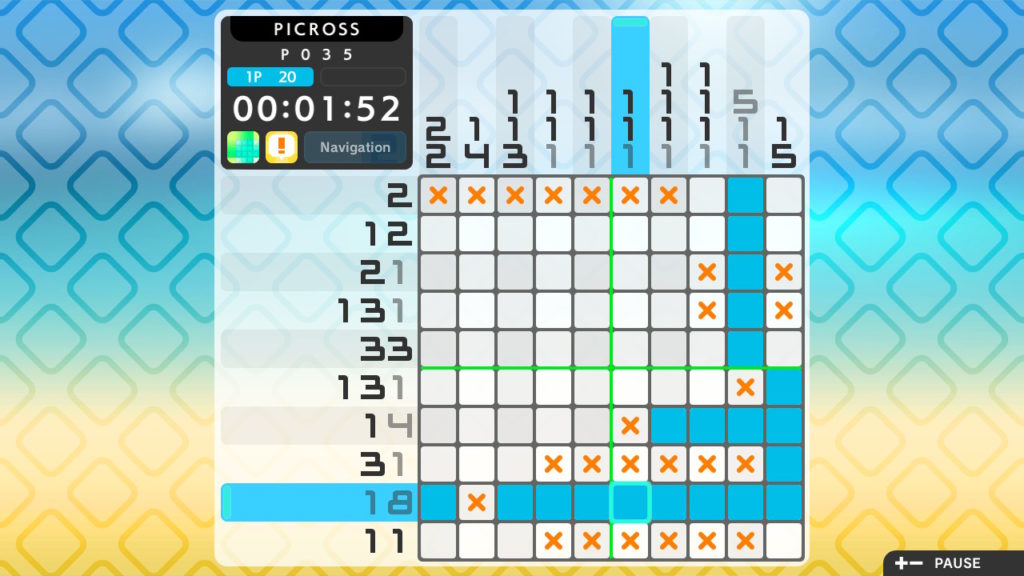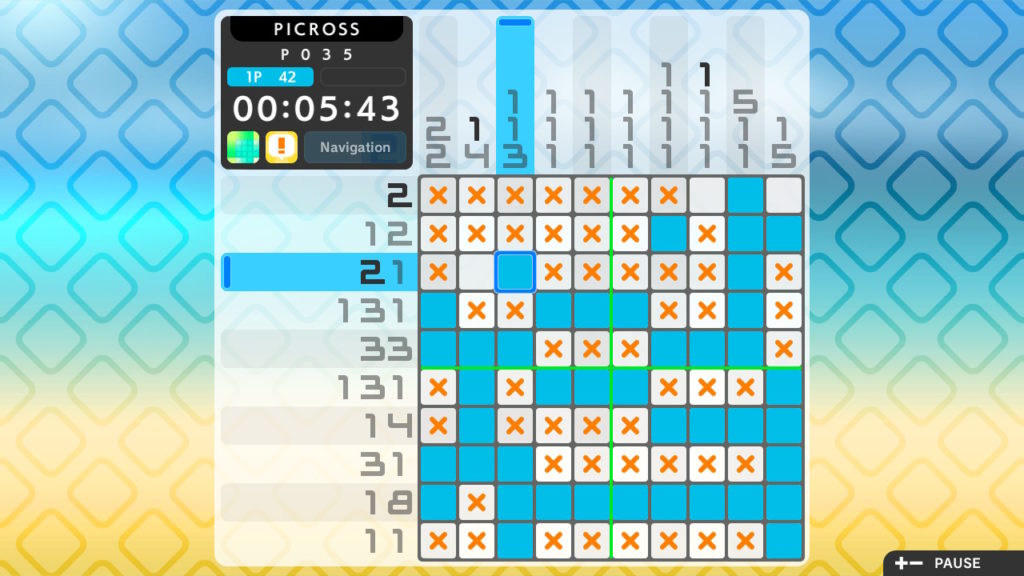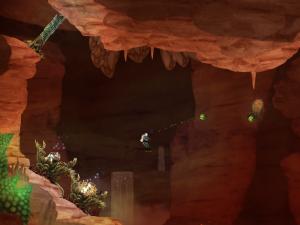A few weeks ago, I wrote about the differing pricing strategies that Matrix Games, Shrapnel Games and Paradox Interactive use for their respective catalogues of niche strategy games. Matrix and Shrapnel keep prices high and discounts rare, while Paradox titles are discounted far more frequently and have a lower base price once they’ve been out for a while. But I was also curious about the pricing strategy followed by another company, Arcen Games. AI War, Arcen’s first title, is deep, intricate and indie, but it and its expansions also frequently sell at a discount, and AI War’s base price of US$20 is also much lower than the typical price for AAA retail releases. So I decided to ask Chris Park, the founder of Arcen, about how useful Arcen finds discounting. With his permission, his reply is quoted below:
“Hi Peter,
Good to hear from you. I think that a variety of models can work, as you yourself pointed out, but in the case of Arcen we’re pretty much dependent on the occasional discount sales in order to stay in business. Not to put too fine a point on it. ;)
In an average month with no discounts, we tend to bring in anywhere from 33% to 90% of our operating costs, which at best means we’re still losing money. In the months where we do a discount, we tend to bring in between 300% to 550% of our operating costs, which more than makes up for it. We tend to do discounts every 2-3 months, as you may have noticed, which keeps us usually on a growth track and quite comfortable. Last summer when we had some financial difficulties, it was partly because our summer discounts had fallen to about 200%, which was not what we needed.
In a broad sense, it’s definitely true that the discount sales help to keep ongoing visibility for our games, but I think that’s only possible when it’s also paired with the free-for-existing-customers updates. That lets people feel like the game is something current that they are buying (which it is), rather than just a game from 2009 that we are wringing out the last drops of money from. For us, this has meant that in terms of AI War revenue, our 2010 income was slightly more than 4x our 2009 AI War revenue. So far, our 2011 revenue for AI War is already about 1.5x our 2009 numbers, so it’s growing even faster now.
A lot of that comes from our expansions, or our ongoing updates, or our ongoing periodic discounts that let us get floods of new players that are excited about the game. For our company specifically, I don’t think this would work without all three of those factors, honestly. That puts us… in a really unusual situation as a game developer, anyway. Normally sales start way higher and then trend off after a month or two, but ours is backwards and spread out over two years so far.”
This made me wonder whether there was any difference between AI War and Arcen’s other title, the casual/puzzle game Tidalis, when it came to the effectiveness of discounting. Surely, going by the Matrix/Shrapnel logic, discounts would be more effective for the “mass market” title than for the deep strategy game? But the answer to my follow-up question came as a surprise:
“My pleasure, and I’m glad the info was useful. Bear in mind that not nearly every indie game developer is in this sort of situation. We are one of but dozens of successful business models I’ve seen, and I can’t claim that one is really better than another. Instead, I think it’s a matter of each indie finding what works for their specific titles and their development style.
And that can even vary by title, too. Case in point: the effectiveness of discounts has indeed been quite lower with Tidalis compared to AI War. Being casual-on-the-surface and having a price point of $9.99, which people already associate with being low, are I think the two key things that make that not work as well.
Or another way to look at it, I suppose, is that it’s simply not that big a hit with the “Steam crowd” or the other hardcore distribution sites. So putting it on discount makes a lot less difference there since that audience that is so discount-reactive is less interested in the game to begin with. The depth is there, but it’s masked by a surface that is off-putting to many hardcore gamers, we found.
I don’t mind if you quote the whole thing, that’s just fine — just bear in mind that I don’t speak for all indies, and a lot of them that I know use business models that are utterly at odds with mine. Indies are a very non-homogeneous part of the industry in practically every way, heh!”
Now, as Chris points out, Arcen is just one data point, taking my total to four (including the original three of Matrix, Shrapnel and Paradox). But it’s a fascinating data point, and I found it a real eye-opener as to the factors that can influence both the choice and the effectiveness of pricing strategies.
(Incidentally, I own both AI War+its expansions and Tidalis, some of which I bought at a discount and others of which I bought at nearly full price. I haven’t yet played AI War beyond its tutorials, but Tidalis has been love at first sight from what I’ve played so far, and I think it would be a shame for hardcore gamers to overlook it without even a glance. I hope to write more about Arcen’s titles as I play further.)
I hope you enjoyed this post! To quickly find this post, and my other feature articles, click the “features” tab at the top of this page.
Like this:
Like Loading...



